En dålig affär
Människan har alltid använt resurser från naturen i form av växter och djur som naturläkemedel. Många djurarter används och fler har det blivit under de senaste hundra åren.
Förutom att använda delar av djuren som naturläkemedel, skönhetsmedel och hantverk, har den ökande turismen under de senaste 60 åren bidragit till utrotningshoten. Tjuvjägare skjuter hotade arter, och uppstoppade eller torkade delar av djur eller fågelägg säljs till turister. Olika regler för jakt och handel kan gälla i turistlandet och i turistens hemland. Sverige har en av världens hårdaste lagstiftningar för handel med djur och växter.
Inom traditionell kinesisk medicin (TCM) används kroppsdelar från många olika djur - varav vissa är utrotningshotade. Hajfenor anses ha medicinska fördelar, och äts också i soppa som en statussymbol eftersom det är så dyrt.
Bild: Chris-73-CC-BY-SA
För att få tag på hajfenor fiskas hajar upp, och fenorna skärs av medan hajen fortfarande lever. Ofta dumpas sedan hajen, levande men utan fenor, i vattnet igen. Många av de hajarter som används till hajfensprodukter är utrotningshotade. Hajfenssoppa finns på restauranger i stora delar av världen.
Bild: Cloneofsnake-CC-BY-SA
Sjöhästar används både inom traditionell medicin, och säljs torkade som souvenirer till turister. De flesta arter av sjöhästar är utrotningshotade.
Bild: Jean-Pierre-Dalbera-CC-BY.
Den speciella sjöhästen
Sjöhästar är fiskar som lever i tropiska hav. De har en speciell kroppsform och simteknik där de långsamt simmar ”stående”, genom rörelser med ryggfenan och bröstfenorna. Sjöhästen har en kraftig svans som den håller fast i tång eller sjögräs med, för att inte svepas med vattnets strömmar. De äter främst plankton och små kräftdjur som sugs in genom en smal, snabelliknande mun.
Sjöhästar används som traditionell naturmedicin. De påstås öka sexuell lust, bota sjukdomar i hjärta, lungor och lever, astma, feber och lindra smärta. Sjöhästarna torkas och säljs olagligt. I Peru gjordes ett stort tillslag 2019 mot en smuggling av 12 miljoner torkade sjöhästar. De skulle säljas på svarta marknaden. Sjöhästar fiskas också för att säljas till akvarier. Det handlar om ett par hundra tusen sjöhästar om året. De flesta dör innan de kommer ut i handeln. Sjöhästar är mycket känsliga fiskar och små förändringar i vattenkvaliteten gör att de dör. Handeln har gjort att många arter av sjöhästar är utrotningshotade.
Björngalla används inom traditionell kinesisk medicin, och tros ha flera olika medicinska egenskaper. Björnar fångas in och hålls i burar, för att tappas på galla.
Bild: Dan-Bennett-CC-BY
Elfenben från elefanter och noshörningar används både som souvenirer och inom traditionell medicin. Malda horn tros till exempel kunna öka sexlusten hos män. Tjuvjägare som är på jakt efter elfenben, kapar av hornen från djuren, som sedan lämnas med smärta och stor risk för infektion. Jakten på elfenben bidrar till utrotningshoten mot arterna.
Bild: Dr.-William-Folwds-CC-BY-SA
Många olika reptiler, som ormar, ödlor, krokodiler och sköldpaddor används på olika sätt inom traditionell medicin. Guldmyntssköldpaddan (Cuora trifasciata) är en av världens mest hotade sköldpaddsarter. Det beror bland annat på uppfattningen att mediciner tillverkade av sköldpaddan skulle kunna bota cancer - men några sådana bevis finns inte.
Bild: Turtle10012-CC-BY-SA
Björngalla som medicin och noshörningshorn som lusthöjare
Björngalla är vanligt som medicin. Man fångar in och håller asiatiska björnar i gallerburar, hela björnens livstid, för att tappa galla från gallblåsan. Gallan används i många naturläkemedel, men också i schampo och tvålar.
Noshörningshorn mals ner och används för ett stort antal syften, från att öka den sexuella förmågan och att bota sjukdomar till att vara statussymbol i skaftet på knivar. Handeln har nästan utrotat flera arter av noshörning. Även elfenben från elefantens betar har använts, till hantverk och medicin. Idag råder totalt förbud mot handel med elfenben i nästan alla länder. Nermalda ben från stora kattdjur som leopard och tiger, ämnen från myskhjortens körtlar och från saigaantilopen, och produkter från ormar och krokodiler är också vanligt.
Myrkotten är ett av världens mest tjuvjagade och smugglade djur. Myrkottens fjäll mals ned och används inom traditionell kinesisk medicin. 2017 eldades 3 ton beslagtagna myrkottsfjäll upp i Kamerun, som ett steg för att stoppa den olagliga handeln med myrkottar.
Bild: Kenneth-Cameron-CC-BY
I Nairobi, Kenya, 2016, anordnades världens hittills största bränning av elfenben från elefanter och noshörningar. Benen var beslagtagna från olaglig handel, och branden anordnades för att sända ett meddelande till smugglare och köpare att handeln med elfenben måste stoppas.
Bild: Mwangi-Kirubi-CC-BY-SA
Vad kan jag göra?
Köp inte souvenirer eller naturmedicin som är gjorda av djur som kan vara utrotningshotade.
Engagera dig i en organisation som arbetar för att stoppa handeln med hotade arter. Världsnaturfonden (WWF) jobbar med de frågorna.

Reidisjöhäst
Hippocampus reidi

Hanen blir gravid
Hos reidisjöhästen, precis som hos alla andra sjöhästar, är det hanen som blir gravid! En parning mellan två sjöhästar föregås av en lång och avancerad uppvaktning. Hanen skiftar färg och dansar intensivt för honan för att imponera på henne. Han visar också sin påse på magen där han vill att hon ska lägga sina ägg. När honan och hanen hittat varandra dansar de länge tillsammans innan det är dags för själva parningen.
Filmklipp: Parningsdans mellan två reidisjöhästar
Honan lägger sina ägg genom ett rör ned i hanens påse på magen. Efter ungefär två veckor har ynglen kläckts och stöts ut av hanen, det kan vara så många som 1500 yngel. Ynglen ser ut som perfekta miniatyrer av vuxna sjöhästar. I stort sett omedelbart efter födseln är hanen redo att ta emot nya ägg från honan. En sjöhästhane håller ofta ihop med samma hona livet ut
Filmklipp: Reidisjöhästhane föder yngel
Liknar sagovarelse
När sjömän för länge sedan sålde sjöhästar berättades det att de var små eldsprutade bebisdrakar. Och visst ser sjöhästen nästan ut som en sagovarelse där den simmar bland korallerna? Trots sitt utseende är sjöhästen faktiskt en fisk! Men den saknar fjäll, istället är kroppen täckt av ett slags benplattor, som ett pansar.
Reidisjöhästen är, som de flesta andra sjöhästar, hotad av människan. Det beror dels på att de fångas in för att ha i akvariehandeln, och dels för att de används inom bland annat naturmedicin.
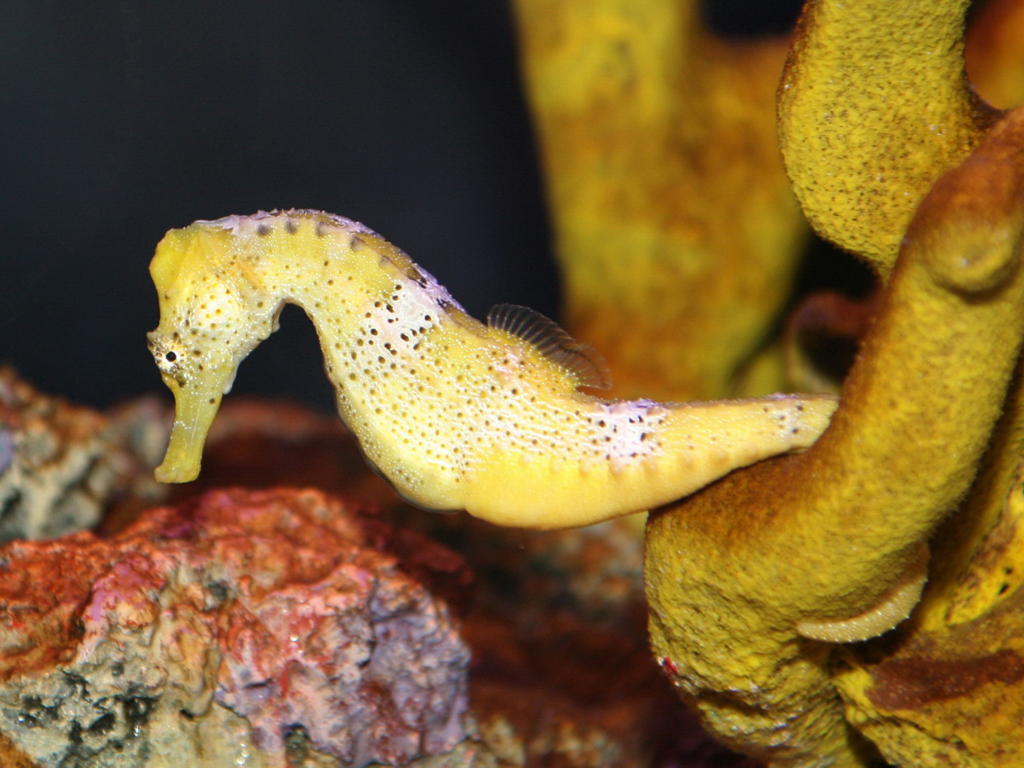
Bild: Cliff-CC-BY
Dålig simmare
Reidisjöhästen kallas också för långnosad sjöhäst. De är oftast gula eller orangea i färgen, men kan ändra färg beroende på omgivning och humör. De simmar väldigt långsamt, så för att inte bli uppätna förlitar de sig på att kunna smälta in i omgivningen, alltså att ha ett bra kamouflage. Stor del av tiden ägnar de åt att hänga fast med svansen i en korall eller en bit tång, och äta djurplankton som driver förbi. Reidisjöhästen har inga tänder, utan öppnar munnen och suger blixtsnabbt i sig sitt byte när det kommer i närheten.
Utbredningsområde i världen

Amerikas Atlantkust till Västindien och Brasilien.
Vit markering = Utbredningsområde
Hotstatus enligt Rödlistan

Reglerad inom handel
CITES: B-listad.

Sjögräsfilfisk
Acreichthys tomentosus
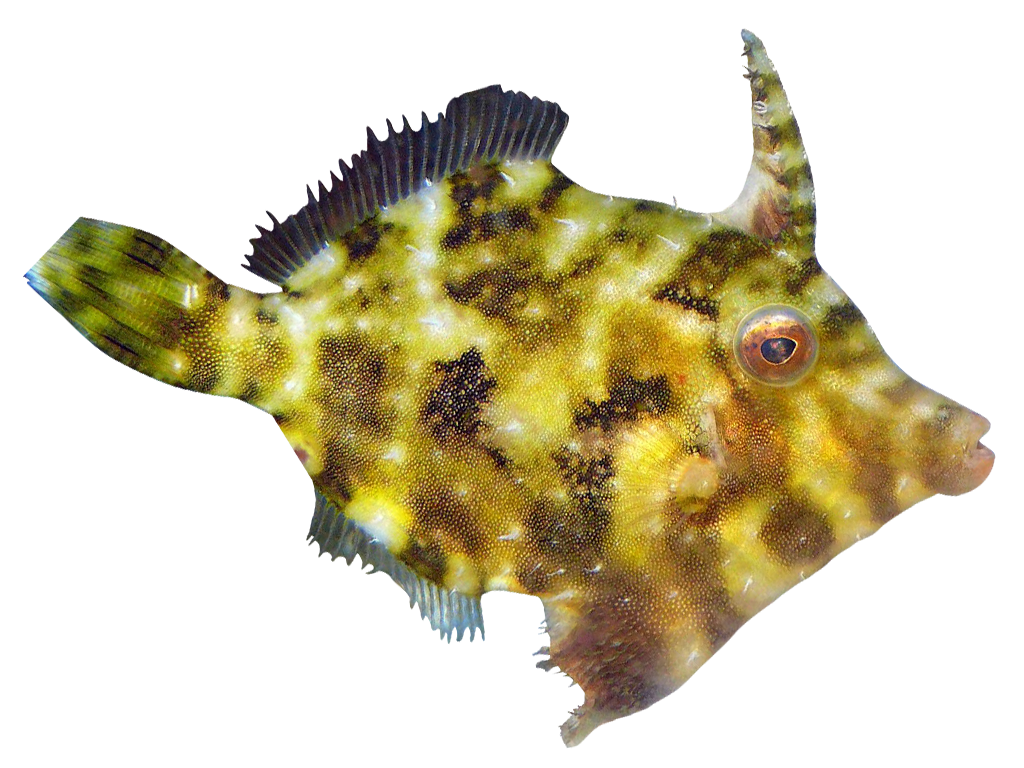
Huden är sträv och kan ändra färg
Sjögräsfilfisken tillhör gruppen filfiskar som fått sitt namn efter den kompakta kroppen och att huden är sträv likt sandpapper. Den kan även ändra färg på kroppen efter vilken miljö den lever i. Detta hjälper filfisken att undvika rovdjur. Arten är skygg och lever i tropiska grunda vatten bland sjögräs. Sjögräsfilfisken är en omtyckt akvariefisk, mestadels för att den är bra på att äta glasrosor. Glasrosor är en sorts koralldjur, som ofta ställer till problem i akvarium. Filfisken fungerar alltså som ett nyttodjur och städpersonal i akvariet.
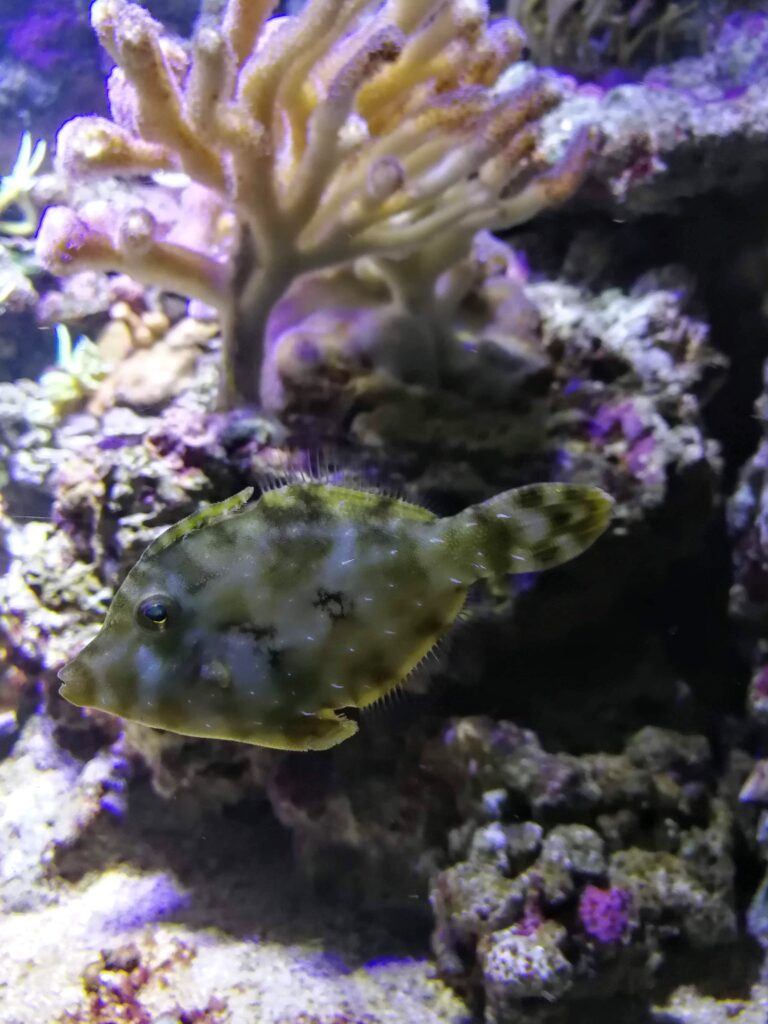
Bild: Ellika-Nordström-Malmö-Museer
En tagg på ryggen
Sjögräsfilfisken har ett karakteristiskt utseende med en kraftig tagg med en hudflik på ryggfenan. Taggen kan resas upp och gör att fisken ser större ut. Hanen reser upp taggen, både mot andra hanar och för att locka till sig en partner. En hona kan lägga flera hundra ägg som hon försvarar mot andra fiskar. När äggen har kläckts får ynglen klara sig på egen hand.
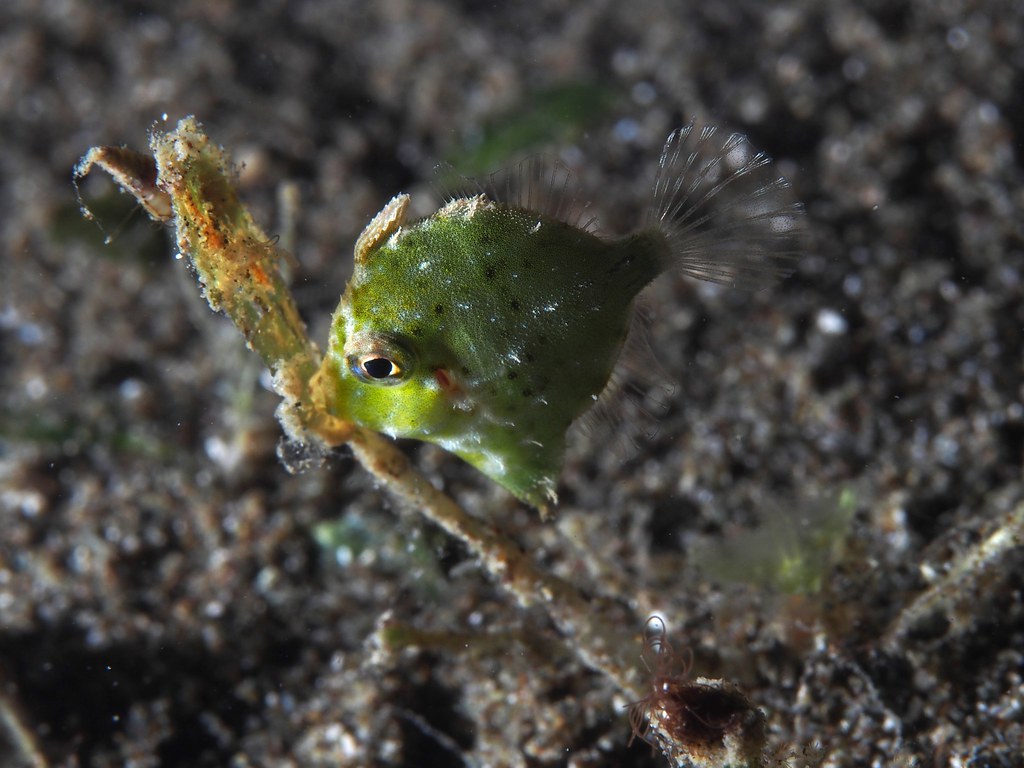
Bild: krokodiver-CC-BY-SA
Utbredningsområde i världen
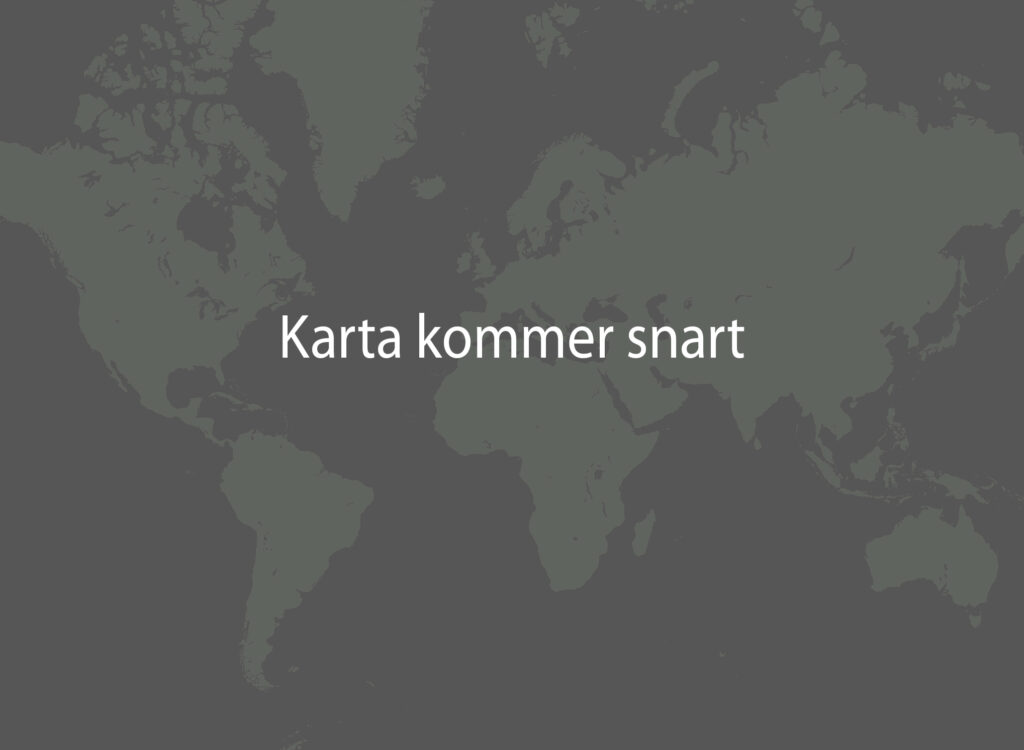
Främst i Indiska oceanen och västra Stilla havet.
Hotstatus enligt Rödlistan

Reglerad inom handel
CITES: Ej listad.

Vad är Rödlistan?
Rödlistning är ett sätt att bedöma om olika djur- och växtarter är utrotningshotade utifrån kriterier som hur många djur eller växter som finns av arten och hur utbredda de är. En nationell rödlistning bedömer artens risk att dö ut inom ett lands gränser. Den internationella rödlistningen bedömer artens risk att dö ut över hela jorden.
Läs mer

Om rödlistning i Sverige: Artdatabanken, www.artdatabanken.se
Om rödlistning i världen: International Union for Conservation of Nature, IUCN, www.iucn.org

Vad är CITES?
För att bekämpa olaglig handel med djur och växter finns en internationell överenskommelse om handel, som heter CITES. CITES innebär att utrotningshotade djur och växter inte får köpas eller säljas mellan olika länder utan tillstånd.
CITES klassar olika arter i olika kategorier (som kallas Appendix I, II och III) beroende på hur hotad arten är. Ju större hotet från handeln är desto högre skydd. Inom EU finns ytterligare skydd för arter i CITES. EU:s egen klassning har fyra steg: A-D.
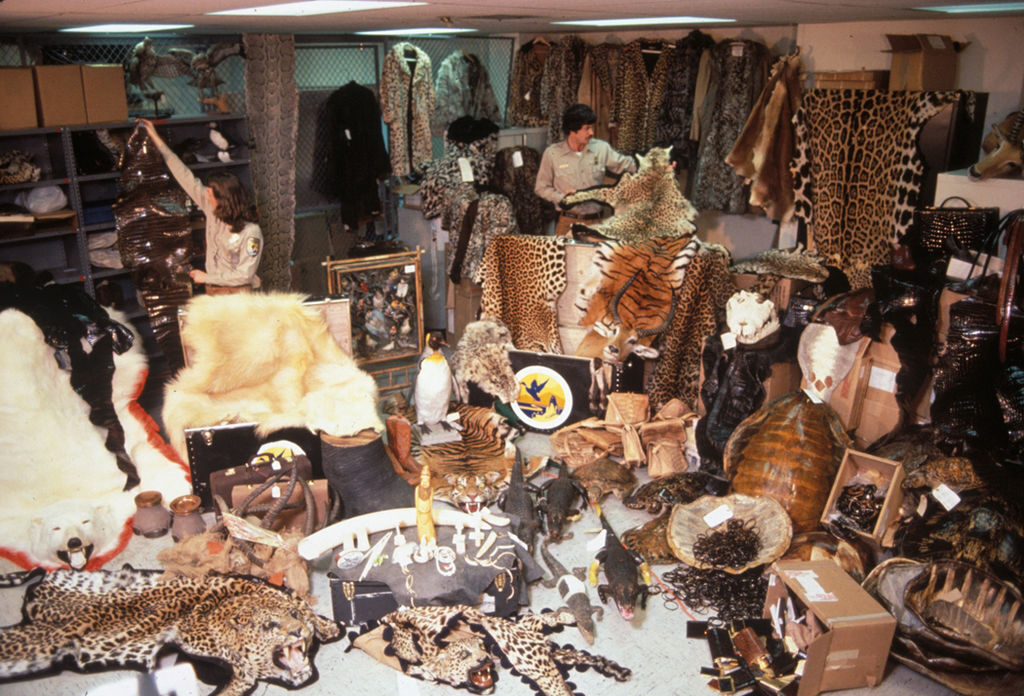
Bild: Steve-Hillebrand
Förbjudet att handla med viltfångade arter
Högst skydd mot handel har de arter som är inom kategori A och B. Här gäller oftast att handel mellan EU och övriga världen är förbjuden utan tillstånd. Arter som är CITES A eller B-klassade får inte heller köpas eller säljas inom EU om det inte kan bevisas att de har lagligt ursprung och inte fångats i det vilda.
Att använda växter eller djur för att tillverka souvenirer och annat är också förbjudet. Den som bryter mot reglerna kan dömas till böter eller fängelse.
Kontrollera spridning av arter
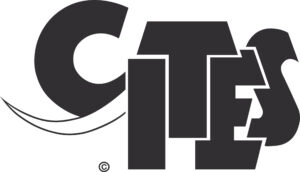
Arter som är CITES C-klassade är utrotningshotade i ett visst land men inte nödvändigtvis i hela världen. CITES D-klassning betyder att en art importeras i så stort antal att de behöver regleras för att inte riskera att sprida sig okontrollerat där de inte hör hemma.

A bad deal
Humans have always used natural resources in the form of plants and animals as natural remedies. Many animal species are used, and this has increased during the last century.
In addition to using parts of the animals as natural remedies, beauty products and arts, the increase in tourism over the past 60 years has contributed to the threat of extinction. Poachers shoot endangered species, and stuffed or dried parts of animals or birds’ eggs are sold to tourists. Different rules for hunting and trade may apply in the tourist country and in the tourist’s home country. Sweden has one of the world’s toughest legislations for trade with animals and plants.
In traditional Chinese medicine (TCM), body parts from many different animals are used, some of which are endangered. Shark fins are believed to have medicinal benefits and are also consumed in soup as a status symbol due to their high cost.
Photo: Chris-73-CC-BY-SA
To obtain shark fins, sharks are caught and their fins are cut off while they are still alive. Often, the sharks, now alive but without fins, are then discarded back into the water. Many of the shark species used for shark fin products are endangered. Shark fin soup is available in restaurants in many parts of the world.
Photo: Cloneofsnake-CC-BY-SA
Seahorses are used both in traditional medicine and sold dried as souvenirs to tourists. Most seahorse species are endangered.
Photo: Jean-Pierre-Dalbera-CC-BY.
The special seahorse
Seahorses are fish that live in tropical oceans. They have a special body shape and swimming technique where they slowly swim “standing up”, by moving their dorsal fin and pectoral fins. The seahorse has a powerful tail that it holds on to kelp or seaweed with, so as not to be swept away by the currents of the water. They mainly eat plankton and small crustaceans that they suck in through a narrow, trunk-like mouth.
Seahorses are used in traditional natural remedies. They are purported to increase sexual desire, cure diseases of the heart, lungs and liver, asthma, fever and relieve pain. The seahorses are dried and sold illegally. In Peru, a major crackdown was carried out in 2019 against a smuggling cargo of 12 million dried seahorses. They were to be sold on the black market. Seahorses are also fished to be sold to aquariums. That amounts to about a couple of hundred thousand seahorses a year. Most die before they get to their trade destination. Seahorses are very sensitive fish, and small changes in water quality cause them to perish. Trade has made many species of seahorses endangered.
Bear bile is used in traditional Chinese medicine and is believed to possess several medicinal properties. Bears are captured and kept in cages to be tapped for bile.
Photo: Dan-Bennett-CC-BY
Ivory from elephants and rhinoceroses is used both as souvenirs and in traditional medicine. For example, powdered rhino horn is believed to increase male libido. Poachers seeking ivory cut off the horns from the animals, leaving them in pain and at great risk of infection. The ivory trade contributes to the endangerment of these species.
Photo: Dr.-William-Folwds-CC-BY-SA
Many different reptiles, such as snakes, lizards, crocodiles, and turtles, are used in various ways in traditional medicine. The golden coin turtle (Cuora trifasciata) is one of the world's most endangered turtle species. This is partly due to the belief that medicines made from the turtle could cure cancer, although there is no evidence to support such claims.
Photo: Turtle10012-CC-BY-SA
Bear bile as medicine and rhinoceros horn as a remedy for sexual desire
Bear bile is commonly used as medicine. Asian bears are captured and kept in cages for the bear’s entire lifetime, to drain bile from the gallbladder. Bile is used in many natural remedies, but also in shampoos and soaps.
Rhinoceros horn is ground down and used for a wide range of purposes, from increasing sexual performance and curing diseases to being a status symbol used for knife handles. That trade has almost wiped out several species of rhinoceros. Ivory from the elephant’s tusks has also been used for arts and medicine. Today, there is a total ban on the ivory trade in almost all countries. Ground bones from big cats such as leopards and tigers, substances from the glands of musk deer and from saiga antelope, and products from snakes and crocodiles are also common.
The pangolin is one of the world's most poached and smuggled animals. The scales of the pangolin are ground up and used in traditional Chinese medicine. In 2017, 3 tons of confiscated pangolin scales were incinerated in Cameroon as a step to halt the illegal trade of pangolins.
Photo: Kenneth-Cameron-CC-BY
In Nairobi, Kenya, in 2016, the world's largest ivory burn from elephants and rhinoceroses was organized. The tusks were confiscated from illegal trade, and the burning was arranged to send a message to smugglers and buyers that the ivory trade must be stopped.
Photo: Mwangi-Kirubi-CC-BY-SA
What can I do?
Do not buy souvenirs or natural remedies that are made from animals that may be endangered.
Get involved with an organisation that works to stop the trade with endangered species. The World Wide Fund for Nature (WWF) is working on these issues.

Slender Seahorse
Hippocampus reidi

The male becomes pregnant
Among slender seahorses, just like other seahorses, it is the male that gets pregnant. Before spawning, the two seahorses go through a long and complicated courting. The male changes colour and dances vividly in front of the female to impress her. He also shows her his pouch, in which he wants her to lay her eggs. When two partners find each other, they dance together for a long time before it is time for the actual spawning.
Movie: Mating dance between two Slender Seahorses
The female lays her eggs through a tube into the male’s pouch. After about two weeks the fry hatch and are ejected by the male; sometimes there are as many as 1,500 fry. The fry look like perfect miniatures of adult seahorses. Almost immediately after giving birth, the male is ready to accept new eggs from the female. A seahorse male often remains with the same female throughout his entire life.
Movie: A male Slender Seahorse gives birth
Looks like a creature from a fairy tale
When sailors sold seahorses back in the day, they used to say that the creatures were small, fire-breathing dragons. And don’t you think that the seahorse looks like a creature from a fairy tale, where it swims among the corals? Despite its appearance, the seahorse is actually a fish! But it lacks scales; instead, the body is covered by a kind of bony plates, like armour.
The slender seahorse is, like most other seahorses, threatened by human activity. This is partly because they are being caught for the aquarium trade, partly because they are being used in traditional medicine.

Photo: Cliff-CC-BY
Bad swimmer
The slender seahorse is also known as the longsnout seahorse. They are often yellow or orange in colour but can change colour depending on their environment and mood. They swim very slowly, so in order not to be eaten, they depend on camouflage to blend into their surroundings. They spend a lot of time hanging by their tail from a coral or a piece of seaweed, where they eat zooplankton that float by. The slender seahorse has no teeth; instead, it opens its mouth and sucks the prey in very quickly when it comes too close.
Distribution worldwide

The American Atlantic coast to the West Indies and Brazil.
White marking = Distribution
Threat based on the Red List

Trade regulations
CITES: B-listed.

Bristle-tail Filefish
Acreichthys tomentosus

The skin is rough and can change colour
The bristle-tail filefish belongs to the filefish family, which has been named after its compact body and its skin texture, which resembles sandpaper. The fish can change colour depending on its environment, which helps it to avoid predators. It is a shy species that lives in shallow tropical waters among seaweed. The bristle-tail filefish is a popular aquarium fish, mainly because it likes to eat glass rose anemones, a kind of sea anemone that often causes problems in aquariums. The filefish is therefore a useful animal that helps keep the tank clean.

Photo: Ellika-Nordström-Malmö-Museer
A spine on the back
The bristle-tail filefish has a characteristic appearance with a pronounced spine and skin flap on its dorsal fin. The spine can be erected, making the fish appear bigger. The male erects the spine both against other males and to attract a partner. A female can lay several hundred eggs that she defends from other fish. When the eggs have hatched the fry are left on their own.

Photo: krokodiver-CC-BY-SA
Distribution worldwide

Mainly the Indian Ocean and western Pacific Ocean.
Threat based on the Red List

Trade regulations
CITES: Not listed.

What is the Red List?
The Red List is a way to assess whether different animal and plant species are at risk of extinction based on criteria such as how many animals or plants of a species exist and how widely distributed they are. A national Red List assesses a species’ risk of dying out within national borders. The international Red List assesses a species’ risk of dying out worldwide.
Read more

About the Red List in Sweden: The Swedish Species Information Centre (Artdatabanken), www.artdatabanken.se/en/
About the Red List worldwide: The International Union for Conservation of Nature (IUCN), www.iucn.org

What is CITES?
CITES (the Convention on International Trade in Endangered Species of Wild Fauna and Flora) is a treaty that makes it illegal to buy or sell animals and plants that are at risk of extinction between countries without a permit.
CITES classifies species into different categories (called Appendix I, II and III) depending on how endangered each species is. In addition, the more the species is threatened by international trade, the higher its level of protection. Within the EU, CITES-listed species are further classified and protected by the EU’s own classification system. This has four Annexes, from A to D.

Photo: Steve-Hillebrand
Ban on trading wild-caught species
The highest protection against trade is given to CITES-listed species included in the EU’s Annexes A and B. Usually this means that trade between the EU and the rest of the world is illegal without a permit. There is also a ban on trading these species within the EU unless it can be proved that they have a lawful origin and were not caught in the wild.
It is also forbidden to use plants or animals to make souvenirs etc. Anyone who breaks these regulations can be fined or imprisoned.
Controlling the spread of species

CITES-listed species that are in the EU’s Annex C are classified as endangered in at least one country but not necessarily in the whole world. An Annex D classification means that individual members of a species may be imported to the extent that they do not need to be regulated to avoid any risk of them spreading uncontrollably where they do not belong.
